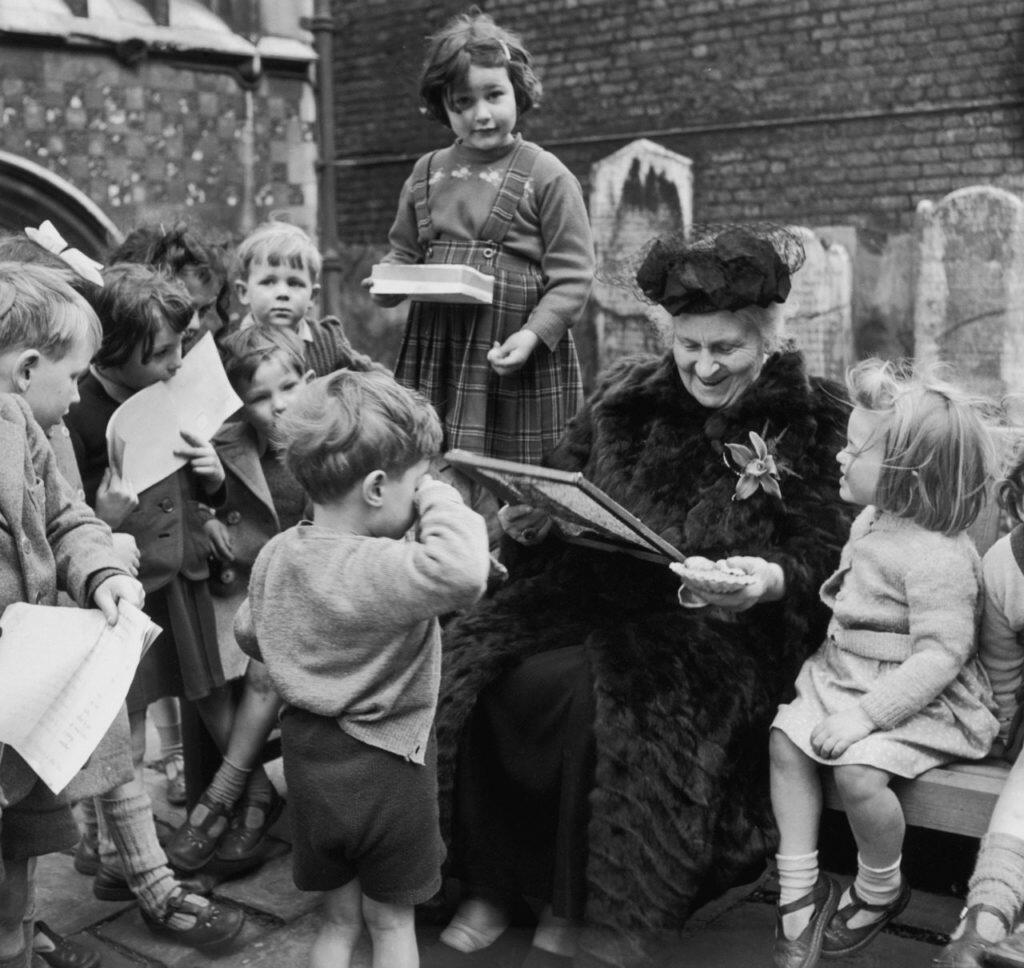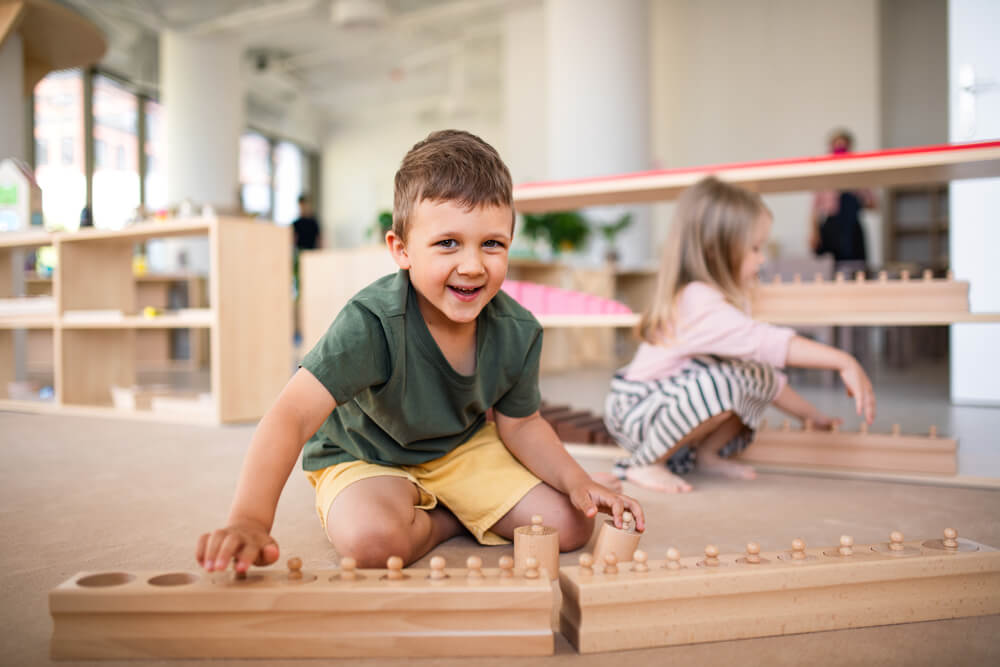The Montessori Principles
For many, the word “Montessori” evokes images of tranquil classrooms filled with hands-on materials, children deeply engrossed in activities, and an aura of peaceful productivity. But what exactly are the guiding principles that make Montessori such a distinct and effective educational approach?- Child-led learning: Rather than micro-managing or, conversely, giving children free rein, you trust the child's innate curiosity and desire to learn. In a Montessori setting, children choose the activities they're drawn to, learning at their own pace and following their own interests. They aren’t passive recipients but active seekers of knowledge.
- Prepared environment: The Montessori classroom isn’t just any learning setting; it’s a meticulously curated environment. Every material, every shelf, and every corner is designed with intention, catering to the child’s developmental needs and fostering independence.
- Holistic development: Beyond academics, the Montessori approach emphasises the development of the whole child. This includes social skills, emotional growth, physical coordination, and cognitive preparation. It’s about shaping global citizens who are equipped to handle life’s bigger challenges.
- Role of the educator: In Montessori schools, teachers are often referred to as guides. And that sums it up perfectly! They aren’t there to dictate but to observe, support, and facilitate. They're trained to recognise when to step in and when to let the child discover things on their own.
- Hands-on learning: Montessori believed in the power of tactile experiences. Hence, her method is full of hands-on materials that cater to the child’s senses, allowing them to understand abstract concepts in a tactile manner.
- Freedom within limits: While children are given a lot of autonomy, it’s always within a set framework. This structure ensures they’re safe and guides them towards making constructive choices.
Who was Maria Montessori?
Maria Montessori wasn't just an educator; she was a trailblazer, a visionary, and a fierce advocate for the potential nestled within every child. Born in 1870 in Chiaravalle, Italy, her journey to becoming an educational revolutionary was anything but ordinary. Having stepped into the realm of medicine as one of Italy's first female doctors, Montessori's interaction with children during her medical practice sowed the seeds of her educational philosophy. It wasn't just about teaching children, it was about understanding them, observing them, and crafting an environment where they could thrive. She believed that children were natural learners and, given the right environment, would guide their own learning. Her observations, particularly with children from disadvantaged backgrounds, led to her pioneering insights. One of those was that children have an intrinsic motivation to learn, and when provided with the right tools and environment, they can achieve remarkable things. Thus began the journey of the Montessori Method – a pedagogy rooted in respect, observation, and belief in a child's capability. In her eyes, every child has a universe of potential waiting to be discovered and nurtured. In this sense, the Montessori Method isn't just an approach; it's an invitation to see the world through the eyes of a child, with wonder and boundless possibility.
The Montessori Wave Hits British Shores
A Comparison of Montessori and the British Curriculum
When two rich pedagogical traditions like Montessori and the British Curriculum combine, something special is created! The comparison of curriculums below reveals that while differences exist, there's plenty of room for mutual learning and integration. At the heart of both these educational pathways lies one shared goal: nurturing curious, capable, and compassionate citizens of tomorrow.- Foundation and approach:
- Montessori: Founded by Dr Maria Montessori. It’s a child-led, holistic pedagogy focusing on fostering independence, self-direction, and a love for learning.
- British Curriculum: While subject-centric, the British Curriculum aims for broad-based education, focusing on core skills and knowledge, aiming to produce well-rounded individuals.
- Assessment methods:
- Montessori: Continuous, formative assessments. Teachers observe and record a child's daily progress rather than administering standardised tests.
- British Curriculum: A combination of formative and summative assessments, including standardised tests at key stages.
- Learning environment:
- Montessori: Emphasises prepared environments: carefully curated spaces with specific Montessori materials designed for self-directed learning.
- British Curriculum: Often more structured, but with increasing integration of interactive and practical learning tools, especially in early years settings.
Montessori in Modern UK Education
- St Albans, Hertfordshire: Greenwood Montessori School. Children here embrace the joy of outdoor learning. Rain or shine, pupils as young as 3 years old navigate their natural environment with lessons such as botany, zoology, and more directly from nature's playbook.
- Liverpool, Merseyside: The Riverdale Montessori Primary. This school boasts a community project where students take the lead. Whether it's organising community clean-ups or initiating recycling drives, these kids embody Montessori's principle of fostering responsible, global citizens.
- Bristol, Southwest England: Harbour Montessori. Art isn't just a subject here - it's a philosophy. Students dive deep into artistic explorations, linking their creations to other subjects like history and science, showing the interconnectedness of knowledge.

